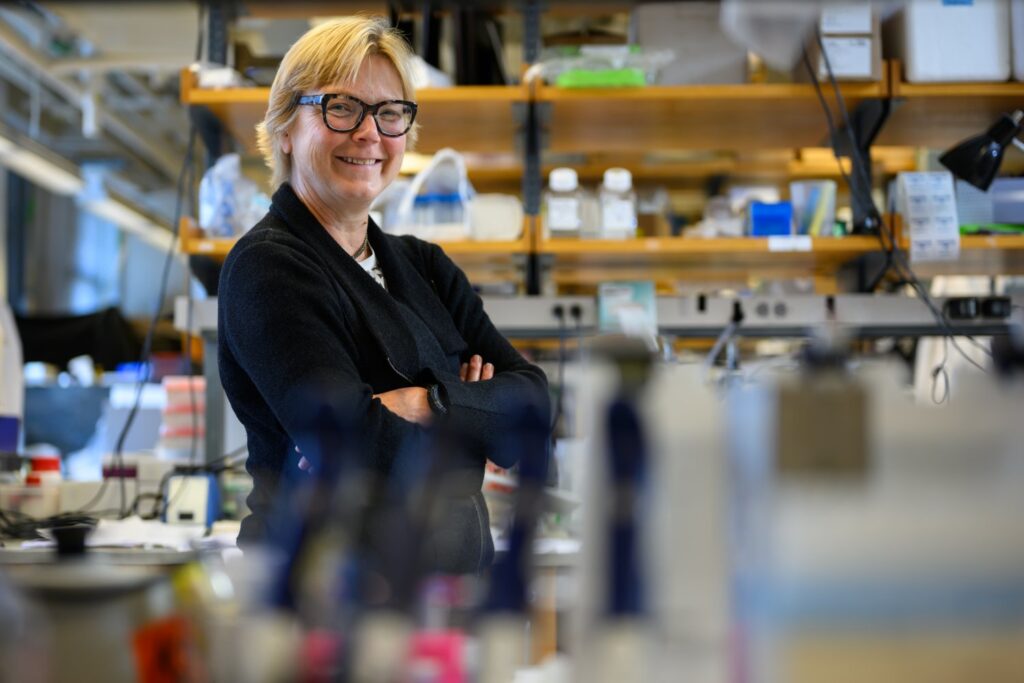
The Massachusetts Institute of Technology (MIT) Health and Life Sciences Collaborative has unveiled a groundbreaking initiative to advance women’s health research. The Fairbairn Menstruation Science Fund, established through a generous $10 million gift from Emily and Malcolm Fairbairn, is set to revolutionize the study of the human uterus and its role in sex-based immunological differences. This research is critical in understanding conditions like endometriosis and other chronic inflammatory diseases that disproportionately affect women.
With a call for an additional $10 million in matching funds, the Fairbairns, based in the San Francisco Bay Area, are championing a cause that has long been underfunded. Anantha P. Chandrakasan, MIT provost and Vannevar Bush Professor of Electrical Engineering and Computer Science, expressed gratitude for the Fairbairns’ visionary support, emphasizing the profound impact this research could have on over half the population.
A New Era for Menstruation Science
The initiative is poised to bring significant advancements in understanding menstruation science, thanks to the pioneering work of researchers like Professor Linda Griffith. Griffith, who directs the MIT Center for Gynepathology Research (CGR), highlights the fund’s potential to illuminate “enormous sex-based differences in human immunity” and to drive next-generation drug discovery technologies.
One of the initiative’s main focuses is the development of “organs on chips,” which are living models of patients using cells or tissues. These models allow researchers to replicate and study interactions that occur within the human body. Griffith and her interdisciplinary team have engineered a microfluidic platform supporting chips that foster tissue growth with blood vessels and immune cells. This technology enables preclinical drug testing on human patient-derived endometriosis models, circumventing the limitations of animal testing.
Building a Living Patient Avatar Facility
The Fairbairn Fund will also support the creation of a “living patient avatar” facility, which will develop physiomimetic models for various health conditions. Griffith emphasizes the importance of human-specific models, noting that “human immunology is so very different” from that of animals. The facility will integrate computational models of patient data, crucial for designing avatars and selecting therapeutics for testing.
“Pharma and biotech realize that we need living models of patients and computational models of carefully curated patient data if we are to move into greater success in clinical trials,” Griffith says.
Griffith’s collaboration with Michal “Mikki” Tal, a principal scientist at MIT, is exploring potential links between infections like Lyme disease and chronic inflammatory diseases in women. Automating assays of patient samples could accelerate hypothesis generation, guiding patient model experimentation.
Public Engagement and Women’s Health Research
The fund also aims to reduce stigma around menstruation and conditions like endometriosis, abnormal uterine bleeding, and polycystic ovary syndrome. Endometriosis affects one in 10 women, often going undiagnosed for years and requiring repeated surgeries. Despite its prevalence, little is known about its causes or effective treatments.
Griffith suggests that women’s health research could advance other medical areas, noting the uterus’s ability for “scarless healing” and its implications for immune tolerance in transplants. Emily Fairbairn’s personal experiences with Lyme disease and endometriosis fuel her commitment to this cause.
“My mission is to support intellectually honest, open-minded scientists who embrace risk, treat failure as feedback, and remain committed to discovery over dogma,” Fairbairn states. “This fund is a direct extension of that philosophy.”
Looking Ahead: A New Frontier in Medicine
Fairbairn’s philanthropy reflects her belief in the need for science to better account for female physiology. She praises MIT’s approach to women’s health as a frontier, not a niche, and its integration of various scientific disciplines.
For Griffith, Fairbairn is a “citizen scientist” whose advocacy is invaluable. “Emily has made me a better scientist, in service of humanity,” Griffith concludes.
This initiative marks a significant step toward addressing neglected challenges in women’s health, with the potential to inspire further investment from industry, government, and other foundations.






